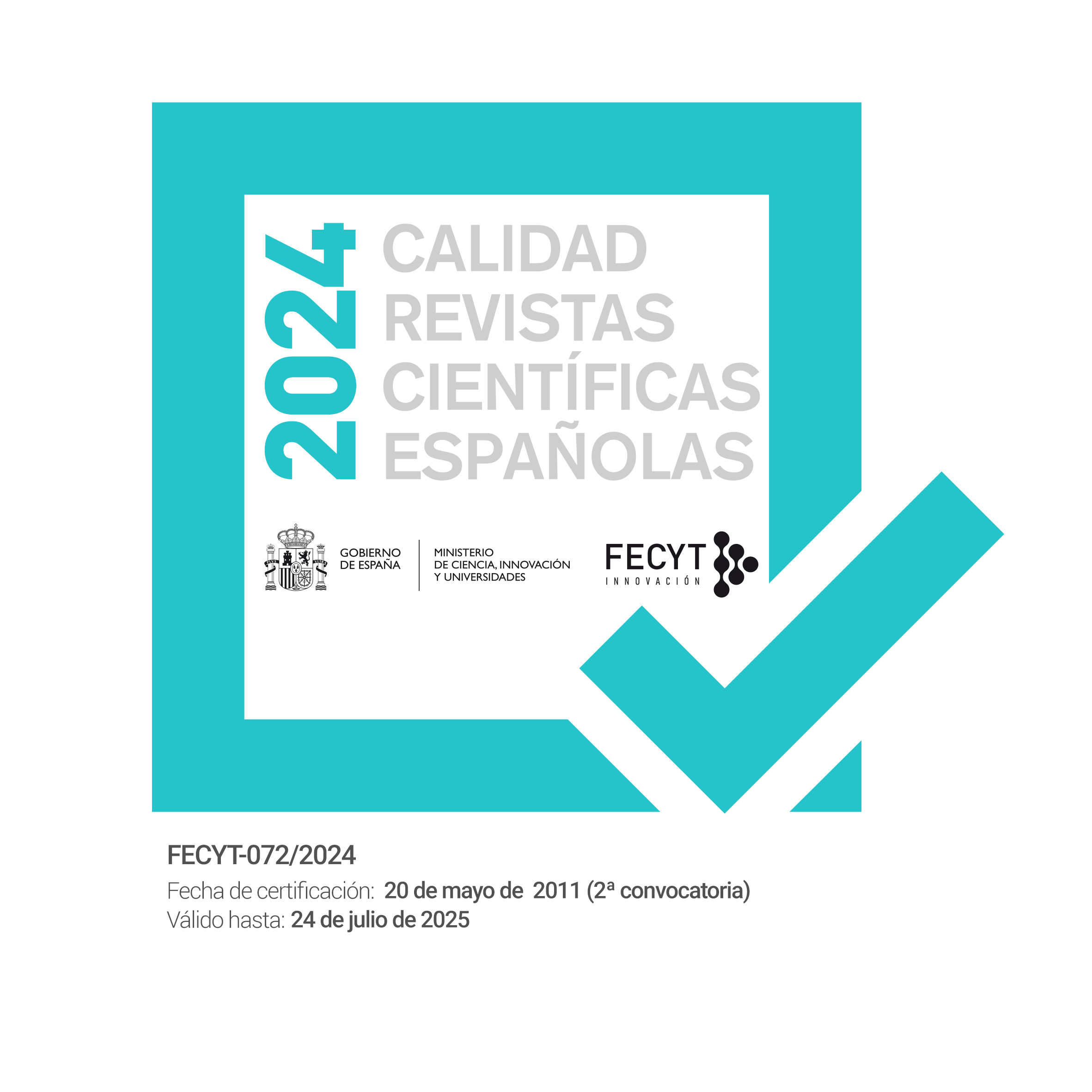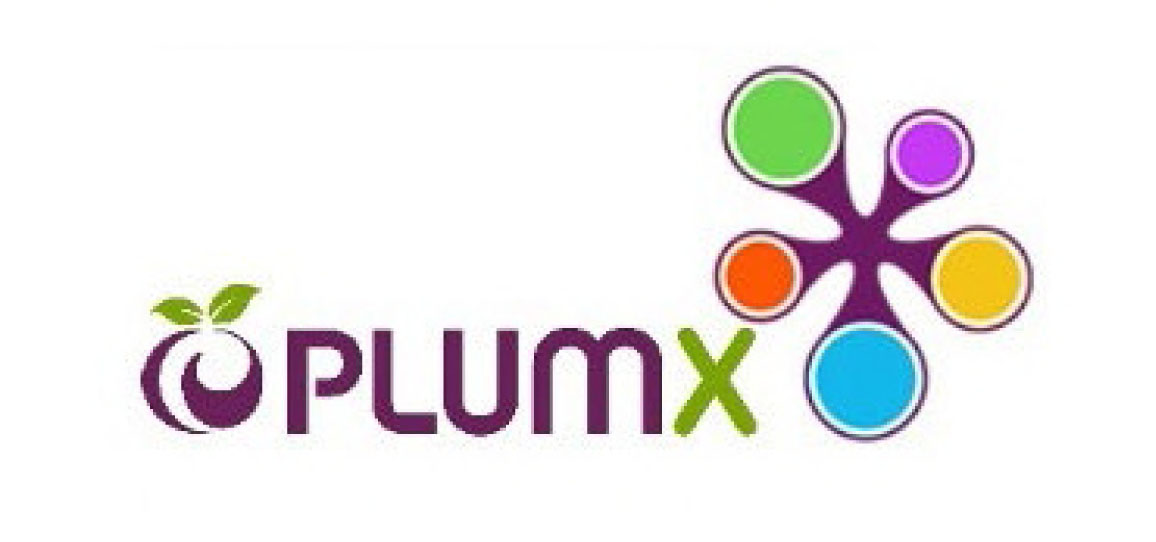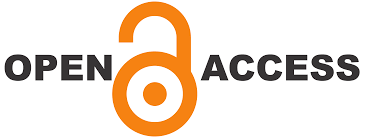Las cumbres del Anti-Líbano como límite del rango de distribución para los elementos faunísticos Eurosiberianos e Irano-Turanios en el bioma Mediterráneo: Un caso de estudio (Lepidoptera: Noctuidae)
DOI:
https://doi.org/10.57065/shilap.888Palabras clave:
Lepidoptera, Noctuidae, Mediterraneo, Irano-Turanio, xeromontano, alpino, orofauna, corología, biodiversidad, poblaciones periféricas, Monte Hermón, IsraelResumen
Las sierras del Líbano y Anti-Líbano están localizadas en medio de un estrecho corredor de “ecozona Mediterranea” a lo largo de la costa del Próximo Oriente. Ambas sierras son bastantes altas cómo para tener un completo rango de zonas de altura, que incluye un cinturón de tragacantos alpinos (> 2000 m snm). La parte más meridional de la sierra del Anti-Líbano está situada en la parte más septentrional de Israel. Entre las 548 especies de Noctuidae israelíes, 106 especies (21%) se encuentran sólo en esta pequeña área montañosa. Entre ellas, 17 son endémicas y de las poblaciones restantes 89 especies están en el límite de su área de distribución. El bosque montano actúa como el refugio más meridional para la fauna más meridional Eurosiberiana y Mediterránea de Noctuidae arborícolas. Las mayores alturas albergan especies orotomanas mediterráneas e irano-turanias, junto con unas pocas especies euro-siberianas de baja altura. No obstante, tienen como carácter distintivo un bioma Mediterráneo sobre sus lados occidentales mientras qué, en sus lados orientales, mirando a la estepa de Siria, contiene principalmente la fauna Irano-Turania. Constituyendo una frontera entre las faunas Mediterráneas e Irano-Turanias, las elevaciones más altas de estas cumbres constituyen un punto de reunión de los Noctuidae alpinos y orotomanos, siendo excepcionalmente ricas en especies.
Descargas
Estadísticas globales ℹ️
|
351
Visualizaciones
|
113
Descargas
|
|
464
Total
|
|
Citas
ALIEV, S. A., 1984.– Noctuidae of Azerbaijan: 178 pp. Baku, “Elm”. [in Russian].
AUERBACH, M. & SHMIDA, A., 1992.– Vegetation change along an elevational gradient on Mt. Hermon, Israel: No evidence for discrete communities. - Journal of Ecology, 81: 25-33. DOI: https://doi.org/10.2307/2261221
BENYAMINI, D., 2010.– A Field Guide to the Butterflies of Israel. Including Butterflies of Mt. Hermon, Sinai and Jordan: 234 pp. Keter, Jerusalem.
CHOI, S. W. & AN, J. S., 2010.– Altitudinal distribution of moths (Lepidoptera) in Mt. Jirisan National Park, South Korea. - European Journal of Entomology, 107: 229-245. DOI: https://doi.org/10.14411/eje.2010.031
CHOI, S. W. & MILLER, J. C., 2013.– Species richness and abundance among macromoths: A comparison of taxonomic, temporal and spatial patterns in Oregon and South Korea.– Entomological Research, 43: 312-321. DOI: https://doi.org/10.1111/1748-5967.12036
COHEN, S. S., GALE J., SHMIDA, A., POLJAKOFF-MAYBER, A. & SURAQUI, S., 1981.– Xeromorphism and potential rate of transpiration on Mount Hermon, an East Mediterranean Mountain.– Journal of Ecology, 69: 391-403. DOI: https://doi.org/10.2307/2259675
CZERNY, H., 1932-1934.– Lepidopteren aus dem nordlichen Libanon (mit Beutragen von Dr. A. Corty (Zurich), F. Daniel (Munchen), L. Schwingenschuss (Wien) und Dr. E. Wehrli (Basel).– Deutsche Entomologische Zeitschrift, Iris, 46(1932): 157-191, 47(1993): 60-109, 48(1934): 1-28.
DANIN, A., ORSHAN, G. & ZOHARY, M., 1975.– Vegetation of the northern Negev and the Judean Desert of Israel.– Israel Journal of Botany, 24: 118-172.
DANIN, A., 1992.– Flora and vegetation of Israel and adjacent areas.– Bocconea, 3: 18-42.
ELLISON, R. & WILTSHIRE, E. P., 1939.– The Lepidoptera of the Lebanon with notes on their season and distribution.– Transactions of the Royal Entomological Society of London, 88: 1-56. DOI: https://doi.org/10.1111/j.1365-2311.1939.tb01020.x
GRACE, A., 2010.– Introductory Biogeography to Bees of the Eastern Mediterranean and Near East: 283 pp. Bexhill Museum Association, Sussex.
KRAVCHENKO, V. D., FIBIGER, M., HAUSMANN, A. & MÜLLER, G. C., 2007a.– The Lepidoptera of Israel. Erebidae, 1: 167 pp. Pensoft, Sofia.
KRAVCHENKO, V. D., FIBIGER, M., HAUSMANN, A. & MÜLLER, G. C., 2007b.– The Lepidoptera of Israel. Noctuidae, 2: 320 pp. Pensoft, Sofia.
MAGURRAN, A. E., 2004.– Measuring biological diversity: 264 pp. Blackwell Publishing, Oxford.
MÜLLER, G. C. & KRAVCHENKO, V. D., 2005b.– Insektenforscher in Israel.– In Tiere und Kunst aus Israel. In K. SCHOENITZER (Ed.). Tiere und Kunst aus Israel. Munchen: Berichte der Freunde der ZSM, 2: 15-17.
MÜLLER, G. C., KRAVCHENKO, V. D., CHIKATUNOV, V., ORTAL, R., CHUANG, LI, WITT, T., SPEIDEL, W., MOOSER, J. & HAUSMANN, A., 2006.– General aspects of the Israeli Light-trap Network concerning Coleoptera.– Esperiana, 12: 281-288.
MÜLLER, G. C., KRAVCHENKO, V. D. & SCHLEIN, Y., 2005.– Die Erforschung der Israelischen Lepidopteren Fauna.– In K. SCHOENITZER (Ed.). Tiere und Kunst aus Israel. Munchen: Berichte der Freunde der ZSM, 2: 30-39.
NATAN, R. & WERNER, Y. L., 1999.– Reptiles and breeding birds on Mt. Hermon: patterns of altitudinal distribution and species richness.– Israel Journal of Zoology, 45: 1-33.
PAROLLY, G., 2004.– The high mountain vegetation of Turkey - a state of the art report, including a first annotated conspectus of the major syntaxa.– Turkish Journal of Botany, 28: 39-63.
POR, D., 1975.– An Outline of the Zoogeography of the Levant.– Zoologica Scripta, 4: 5-11. DOI: https://doi.org/10.1111/j.1463-6409.1975.tb00713.x
ROMDAL, T. S. & GRYTNES, A. G., 2007.– An indirect area effect on elevational species richness patterns.– Ecography, 30: 440-448. DOI: https://doi.org/10.1111/j.2007.0906-7590.04954.x
SHALMON, B., 1993.– A field guide to the land mammals of Israel, their tracks and signs: 216 pp. Keter Publishing, Jerusalem.
SHMIDA, A., 1977.– Quantitative analysis of Tragacanthic vegetation of Mt. Hermon. Ph.D. thesis. Hebrew University of Jerusalem, Jerusalem. [in Hebrew].
TALHOUK, A. S., 1997.– Insect’s Role in the Environment: Diversity of moths in Lebanon: 269 pp. The Fares Foundation, Beirut.
THOMPSON, A., 2000.– Origins of Arabia: 106 pp. Stacey International Publishers, London.
VARGA, Z., 2003.– The Geographical Distribution of High Mountain Macrolepidoptera in Europe: 239-257.– In L. NAGY, G. GRABHERR, C. KÖRNER & D. B. A. THOMPSON (Eds.). Alpine Biodiversity in Europe: XXXI + 479 pp. Springer-Verlag Berlin, Heidelberg. DOI: https://doi.org/10.1007/978-3-642-18967-8_13
VERHEYDEN, S., NADER, F. H., CHENG, H. J., EDWARDS, L. R. & SWENNEN, R., 2008.– Paleoclimate reconstruction in the Levant region from the Geochemistry of a Holocene stalagmite from the Jeita cave, Lebanon.– Quatres Research. 70: 368-381. DOI: https://doi.org/10.1016/j.yqres.2008.05.004
WILSON, M. V. & SHMIDA, A., 1984.– Measuring Beta Diversity with Presence-Absence Data.– Journal of Ecology, 72: 1055-1064. DOI: https://doi.org/10.2307/2259551
WILTSHIRE, E. P., 1940.– The Lepidoptera of the Lebanon. Addendum.– Transactions of the Royal Entomological Society of London, B9: 79-82. DOI: https://doi.org/10.1111/j.1365-3113.1940.tb00349.x
YOM-TOV, Y., 1988.– The zoogeography of Israel: Distribution and abundance at a zoogeographical crossroad: 573 pp. Dr. W. Junk Publishers, Dordrecht.
ZOHARY, M., 1973.– Geobotanical foundations of the Middle-East: 765 pp. Stuttgart Gustav Fischer Verlag, Amsterdam.
Publicado
Cómo citar
Número
Sección
Licencia
Derechos de autor 2017 V. D. Kravchenko, A.-L.-L. Friedman, G. C. Müller

Esta obra está bajo una licencia internacional Creative Commons Atribución 4.0.
El autor retiene sus derechos de marca y patente sobre cualquier proceso o procedimiento dentro del artículo.
El autor retiene el derecho de compartir, distribuir, ejecutar y comunicar públicamente el artículo publicado en SHILAP Revista de lepidopterología, con reconocimiento inicial de su publicación en SHILAP Revista de lepidopterología.
El autor retiene el derecho para hacer una posterior publicación de su trabajo, de utilizar el artículo a publicarlo en un libro, siempre que indique su publicación inicial en SHILAP Revista de lepidopterología.
Cada envío a SHILAP Revista de lepidopterología debe ir acompañado de una aceptación de los derechos de autor y del reconocimiento de autoría. Al aceptarlos, los autores conservan los derechos de autor de su trabajo y aceptan que el artículo, si es aceptado para su publicación por SHILAP Revista de lepidopterología, tendrá una licencia de uso y distribución “Reconocimiento 4.0 Internacional de Creative Commons” (CC BY 4.0), que permite a terceros compartir y adaptar el contenido para cualquier propósito dando el crédito apropiado al trabajo original.
Puede consultar desde aquí la versión informativa y el texto legal de la licencia. La indicación de la licencia CC BY 4.0 debe indicarse expresamente de esta manera cuando sea necesario.
A partir de 2022, el contenido de la versión impresa y digital se encuentra bajo una licencia de uso y distribución “Reconocimiento 4.0 Internacional de Creative Commons” (CC BY 4.0), que permite a terceros compartir y adaptar el contenido para cualquier propósito dando el crédito apropiado al trabajo original.
El contenido anterior de la revista se publicó bajo una licencia tradicional de derechos de autor; sin embargo, el archivo está disponible para acceso gratuito.
Al usar el contenido de SHILAP Revista de lepidopterología publicado antes del año 2022, incluidas figuras, tablas o cualquier otro material en formato impreso o electrónico pertenecen a los autores de los artículos, los autores deben obtener el permiso del titular de los derechos de autor. Las responsabilidades legales, financieras y penales a este respecto pertenecen al autor(es).
En aplicación del Principio de Prioridad del Código Internacional de Nomenclatura Zoologica, no se autoriza el depósito en repositorios, páginas web personales o similares de cualquier otra versión distinta a la publicada por el editor.




























